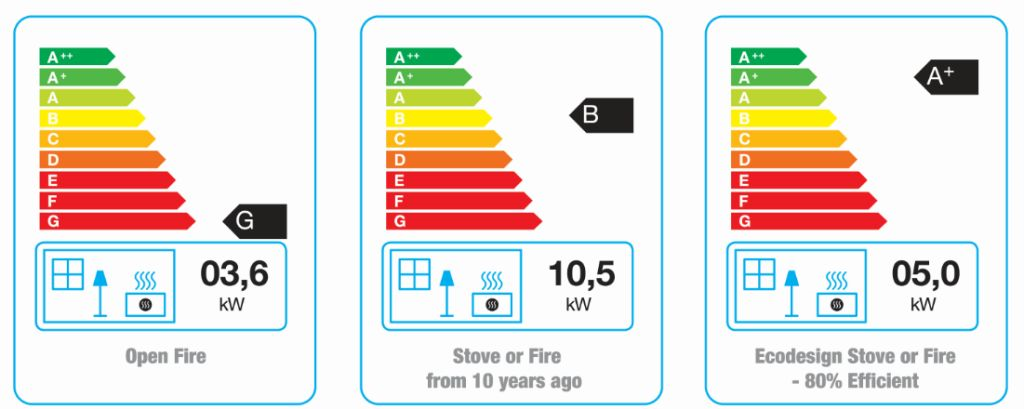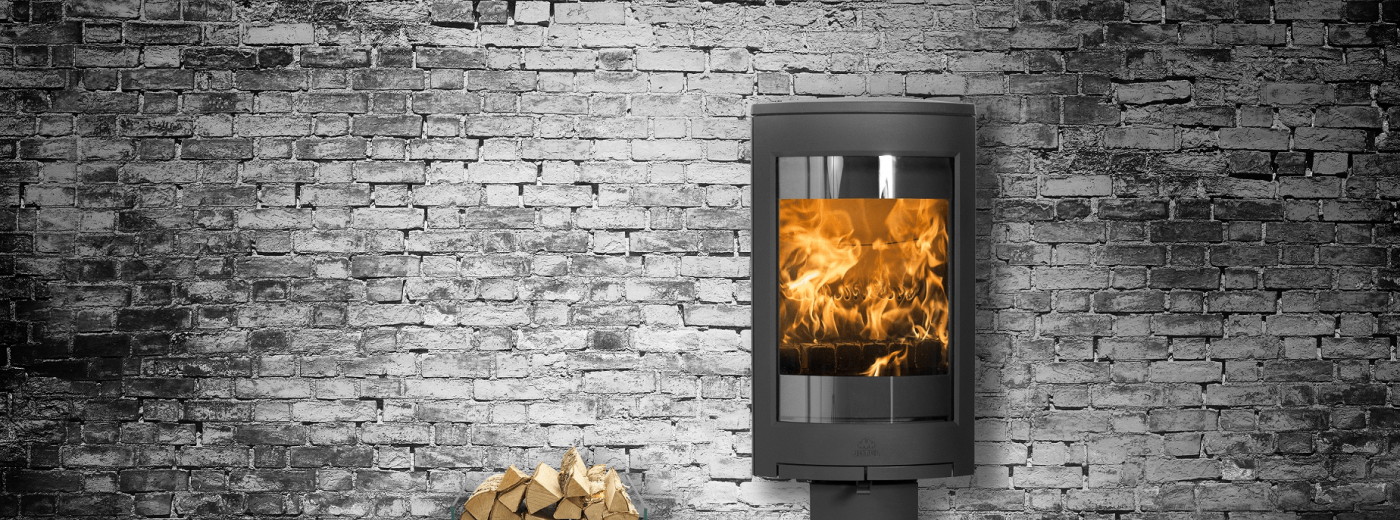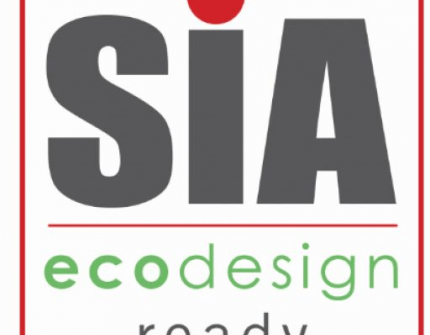Stove Industry Alliance Advice- What to Consider when you buy a Wood Burner
The SIA's latest tips on how to buy a wood burner for your home.
The SIA's latest tips on how to buy a wood burner for your home.
Who is the Stove Industry Alliance (SIA)
The Stove Industry Alliance (SIA), the trade association for stoves, has introduced Ecodesign Ready Stoves, five years ahead of the Ecodesign Regulations becoming law. (Ecodesign is the European wide legalisation aimed at reducing emissions and improving appliance efficiency. It is due to be implemented for solid fuel room heaters on 1st January 2022).
For most people buying a stove involves a lengthy period of investigation and appliance comparison. The starting point is usually how the stove will look in the room. Like buying a new kitchen, the budget tends to grow as the process goes on.
Energy efficiency tends to come into the equation early on, as does the required output of the stove to heat the room. However, people are often surprised to learn that a modern stove is over 80% efficient compared to an open fire at 30% or typically 65% for a stove manufactured ten years ago. That means that over 80% of the heat goes into the room, compared with 30% for an open fire. From 1stJanuary, next year stoves will have to be displayed with an energy label, in the same way we have become used to seeing energy labels displayed alongside other domestic appliances, like fridges. This will make establishing the energy efficiency of a stove and comparing it with other stoves much easier. Most modern clean burning stoves will be labelled A and A+.

Most people are aware of the significant carbon savings that can be achieved by burning wood in a stove, rather than using gas or oil. Wood is a renewable energy and virtually carbon neutral. The natural cycle of planting and harvesting trees has created a sustainable process that will provide carbon neutral fuel into the future. CO2 is taken out of the atmosphere by growing trees at the same time as it is released by the combustion of the previous harvest.
However, a relatively new consideration for the stove buyer is the amount of particulate matter (PM2.5 and PM10) that is produced. Wood burning produces particulates, but not all wood burning produces the same amount of particulates. Wood burnt in a modern clean burning stove produces significantly fewer emissions than older appliances and open fires. The emissions test results from Ecodesign Ready stoves are independently verified to ensure that the stoves meet the criteria.
The label will help consumers to choose an appliance that meet these new stringent emission limits. DEFRA has announced that it believes ‘Ecodesign Ready stoves will help to cut air pollution’.
Independent tests, carried out by Kiwa, the main UK test laboratory for solid fuel appliances, have shown that Ecodesign Ready stoves can reduce particulate emissions, (PM2.5 & PM10), by 90% compared to an open fire and 80% compared to a stove manufactured ten years ago.
Burning wood is a learnt skill. Most stove manufactures and retailers offer advice on how to light a fire and choose quality fuel. Modern clean burning stoves are designed to burn dry wood. Dry wood creates fewer emissions and produces more heat than wet wood. Wet wood can also lead to a blackening of the stove glass and a build-up of soot in the chimney. DEFRA is supporting the industry to create a new category of wood called Ready to Burn. Wood needs to be dried before it is burnt. Freshly cut wood can have a moisture content between 60% and 80%. This equates the burning of fresh wood to burning water. To dry logs properly they need to be left to dry for between one and three years (the length of time depends upon the species. Ash for example may take 12 months while oak may take 36 months). This is known as seasoning. Most people buying a stove do not have the space to dry wood for up to three years. They want to buy wood that is ready to burn. As a result, stove owners are encouraged to burn kiln dried wood, which has a moisture content of less than 20%, and dried/seasoned wood, that has been allowed to dry but too often ‘seasoned logs’ have been sold with too high a moisture level; often between 30% and 50%.
The Woodsure Ready to Burn logs will have a verified moisture content below 25%. This means the consumer will be able to buy a bag of logs branded Ready to Burn in the knowledge that the wood will give optimum performance in the stove.
Using dry wood also means that fewer logs are needed to produce the same level of heat. This, in itself, reduces emissions because less wood is being burnt. It also saves the stove owner money. The diagram below illustrates the impact of wet wood on the heat produced by a log.
For more information visit www.stoveindustryalliance.com Ecodesign Ready stoves are clearly identified with the SIA Ecodesign Ready label.

